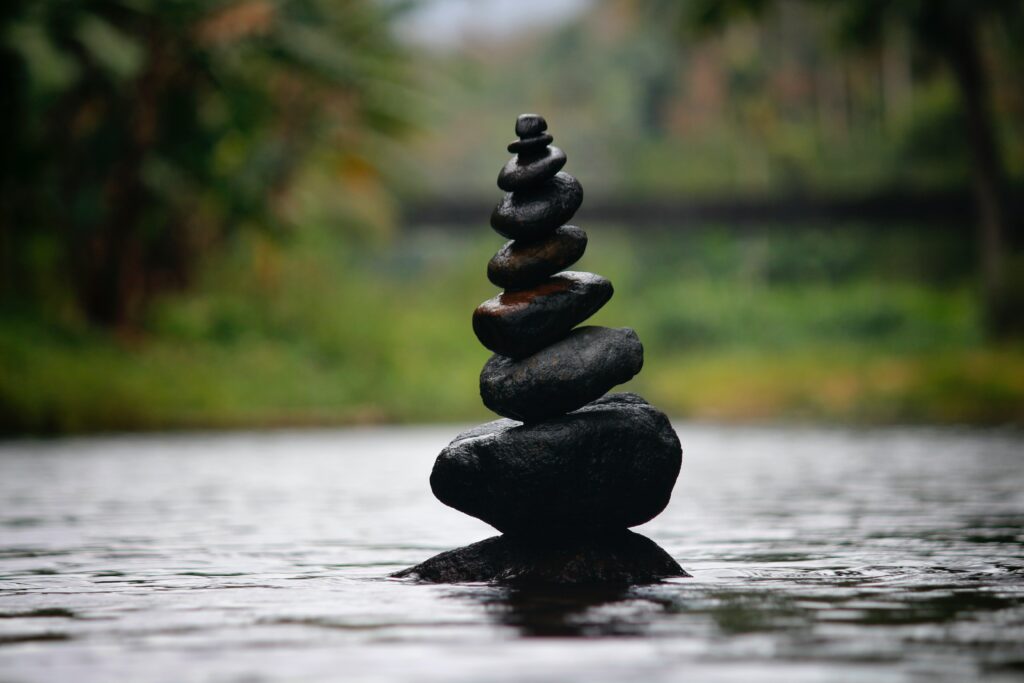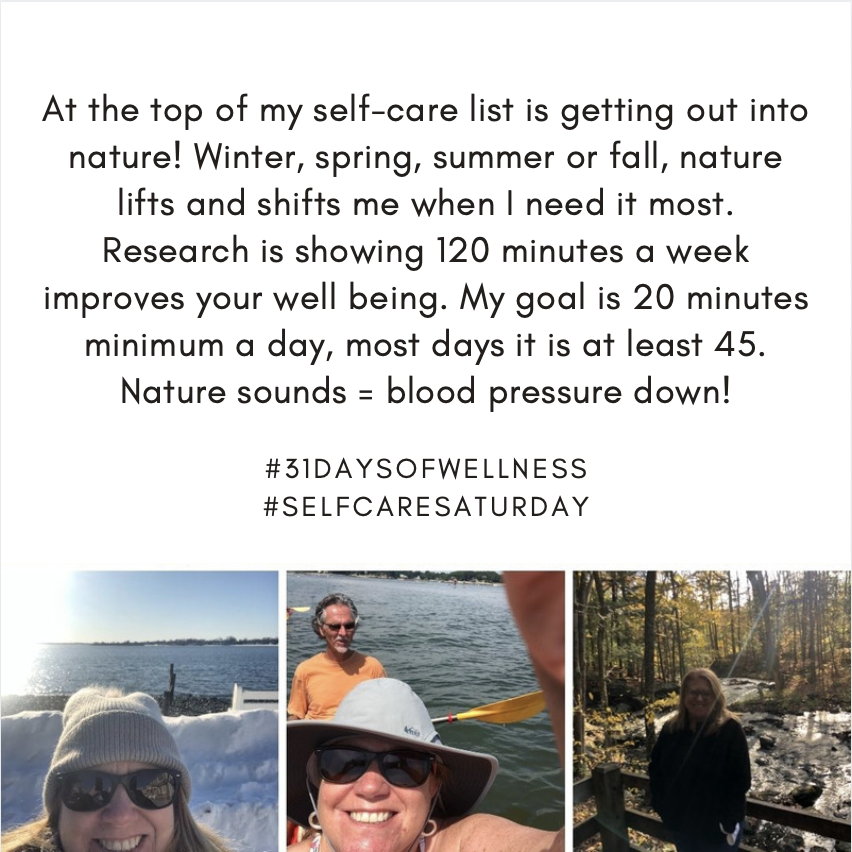What was something that made you feel good today?
by: Brayden Ransom

Photo by Nandhu Kumar from Pexels
This year has been especially challenging. Many of us feel that we’ve taken on the emotional load for multiple worlds; with work, personal life, family, friends, and everything in between. When we practice self-care, we foster our resiliency and put ourselves in a better position to manage stress.
We may think of self-care as being designated to a weekend spa trip or vacation. When we reach a point of distress, unfortunately, a bubble bath may not be enough to turn it around. Regularly engaging in self-care practices can act as intervention and prevention to serious mental distress and fatigue. Have you ever felt so stressed that you are unmotivated to participate in whatever you think of as your typical self-care practice? In those moments, what do you do that makes you feel just a little better?
Today, we’ll discuss how considering those small feel-good-acts as practices of self-care can rewire your brain to recognize those acts for what they are – you taking care of yourself. Being able to recognize these small acts as self-care practices is a step in the right direction to ridding yourself of guilt you may feel when you take a break. When you are having a hard day and you cancel plans instead of tiring yourself out more, have you ever felt guilty? That’s not uncommon, and today we’ll go over a self-care practice that may help to relieve some of that guilt.
As you read through the following suggestions, please remember that success will not come from a half-hearted effort. It also won’t come overnight; it will take determination, consistency, and time. Some suggestions may help immediately, but if you are experiencing chronic stress, it may require more attention and/or lifestyle changes.
“FEEL-GOOD LIST” A SELF-CARE PRACTICE THAT KEEPS ON GIVING
For this activity, you will practice self-care while making a plan for more self-care in the future. AND it’s easy!
The idea is to create a running list of “feel-good” activities that you enjoy. You will keep coming back and adding to this list. Take a moment to think about all the many things you do that make you feel good. If you want, set a goal for how many things you want to think of. Or try and write down as many as you can! If the idea of a list sounds boring to you; do it your way! You can add colors, draw symbols, doodle, or tape knickknacks to the page. You can even create a feel-good vision board or bulletin board and use photos or clippings from magazines to portray your feel-good practices. Maybe you’re good with a computer and want a digital version. Maybe you want to encourage self-care in your circle of friends or a group you’re involved in; you could offer to create feel-good lists or vision boards as a group activity.
However you choose to participate, this self-care practice has 3 must-do steps:
-
1. Think about what makes you feel good
2. Display your thoughts
3. Come back and add more
If you’re having trouble coming up with a list, try these prompts and see if they spark inspiration:
Try thinking of…
- The last time you remember smiling or laughing, what were you doing?
- Is there something you don’t do all the time, but you’d like to do it more often?
- What is an activity that brings up a feeling of nostalgia connected to a happy memory for you?
- What are some things you do when you feel like you need to recharge?
- What brings you peace?
Try thinking of your self-care practices as the activities that make you feel good without leading to distress. Maybe you feel good when drinking a warm cup of coffee or tea; or eating your favorite comfort food. Whatever the case, having a running list of feel-good activities can help you to remember to take time for yourself and to do things that you enjoy. By making these activities a part of your regular routine and recognizing them as self-care practices, we put ourselves in a better position to be able to take care of ourselves and offer comfort to others in times of need.
DO ONE THING, ADD ONE THING:
Once you’ve got your feel-good list, try to do one thing on your list each day, AND try to add something new. Coming back to this list each day can help you to recognize self-care as an important everyday practice. If you choose to add to your list in the evenings, you could reflect on the day you had and try to think of something that made you feel good. Or try to think of something you didn’t do, that might have made you feel just a little bit better. If you had a bad day, try to think of what could make you feel better in that moment, even if it’s something small.
Try broadening your list with more than just activities
Self-care can also be…
Taking a step back
Forgiving yourself
Asking for what you need
Putting yourself first
Saying no
Being kind to your body
Setting boundaries
WHAT WE DO FOR SELF-CARE:
Hot Showers
“When I feel stressed, if I’m feeling down, maybe other people don’t do this… but me, what do I do? I take a hot shower. Not warm, no. A hot, hot water! My body just reacts to that hot water, it helps me feel good; it relaxes me. That’s what I do when I’m stressed out.” – Mars
Mascara
When we asked Lori to share her a self-care tool she loves, she batted her eyelashes. “I just bought a really cool mascara from Ulta Beauty. I don’t know if you can tell but, look at my eyes! Mascara makes me feel good.” – Lori
Practice gratitude
“Self-care is so important for each and every one of us. Doing things to take care of our body and mind helps us to stay balanced and show up with our best selves. From the moment I wake up I start my day with a gratitude practice. Starting on a positive note helps to move the day forward in an optimistic and hopeful way.” –Jennifer

Contributed by: Laureen Guerriero
Remember, it’s okay if self-care looks different for you at different times. This past year has been a wakeup call to the vitality of practicing a multitude of self-care activities. Maybe you used to love going out with friends and considered that a part of your self-care. But with increased restrictions due to the pandemic, you found yourself without that. If we can make it a habit to partake in self-care practices it becomes easier to think of our many options for self-care, and to remember the importance of taking care of ourselves in the way we need. This way, we can help to prevent fatigue and will be better prepared for when stressful moments do arise.
It is an amazing quality to want to take care of others; but we must remember to show the same support, forgiveness and compassion to ourselves. Show yourself some love and show us how you self-care by tagging @mentalheathct in your #SelfCareSaturday pictures!
If you are seeking support, check out these resources:
CDC’s info on Managing Anxiety and Stress.
Crisis Text Line’s Handling Coronavirus Anxiety & Isolation.
If you want to check in with yourself but you’re not sure where to start, Mental Health America offers a free Stress Screener. For more information visit https://www.mhanational.org/staying-mentally-healthy.
If you consider yourself in recovery and would like information from Meant Health America on how to create a recovery centered self-care plan, visit https://www.mhanational.org/taking-good-care-yourself.

